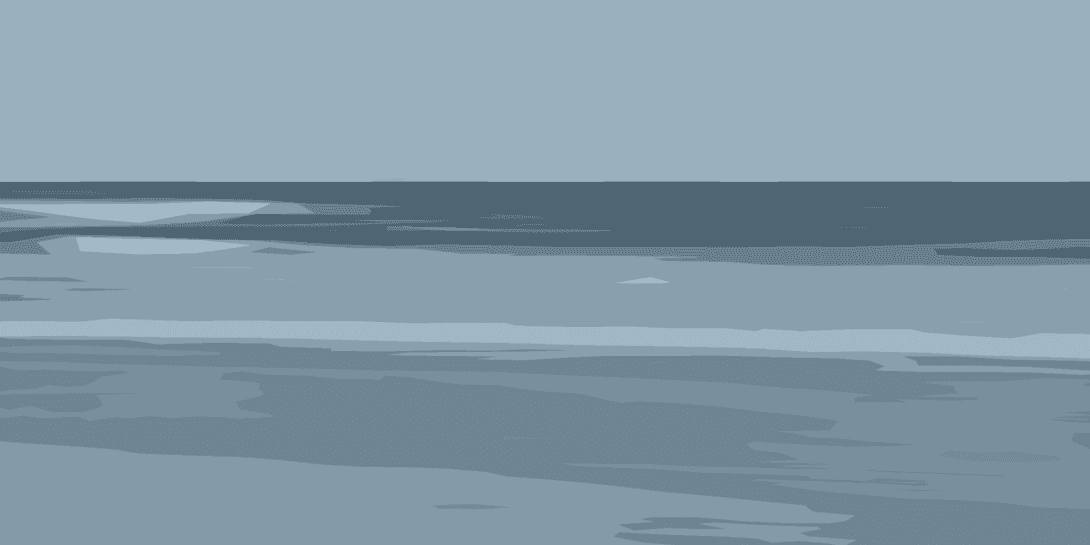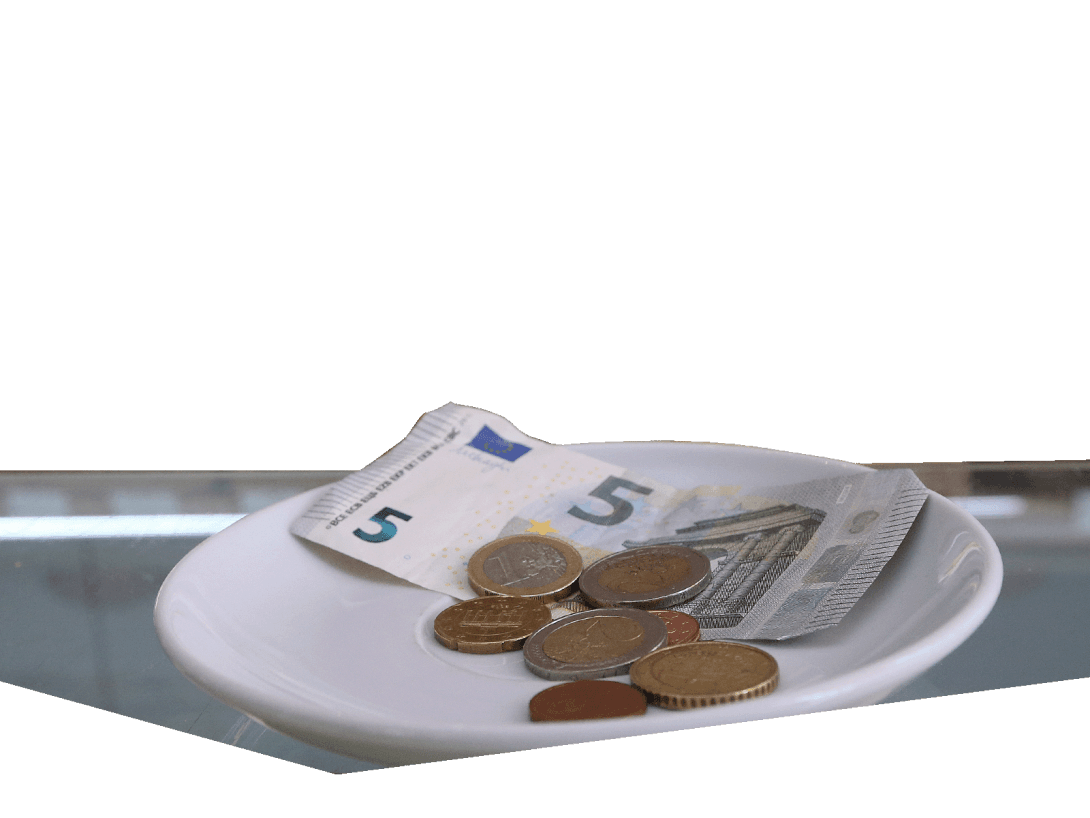Which holiday destinations are the best value-for-money this summer? Comparing your purchasing power in various destinations will give you a good idea. After all, a euro is not worth the same everywhere. Depending on the country, you could get more or fewer goods and services for the same amount – irrespective of whether the euro is the local currency there or not. The greater the purchasing power of your euro abroad, the more you’ll be able to afford at your holiday destination.
Best value-for-money: Türkiye, Poland and Hungary
Türkiye, Poland and Hungary are the top holiday destinations in terms of purchasing power. In Türkiye, you get more than twice as many goods and services for your money as in Germany, which is primarily due to the lira depreciating considerably against the euro.
Poland is also comparatively inexpensive. There you’ll get goods and services for one euro that would cost you 1.52 euros in Germany. In Hungary, goods and services are slightly more expensive for German tourists than in Poland, but still worth a trip there, nevertheless. You can save a good 40 percent compared to prices in Germany.
But even a holiday in countries which have the euro, such as Spain (1.24 euros), Portugal (1.22 euros) or Greece (1.22 euros) is still good value-for-money. So, you can still save around 20 percent on local goods and services.
Similar price levels: Austria, France, Italy
A holiday in Austria (0.94 euros), France (0.98 euros) or Italy (1.06 euros), however, won’t make much difference financially because prices in these countries are at a similar level to those in Germany.
More expensive: Sweden, Norway, Denmark, Switzerland
Domestic prices in some Scandinavian countries are also at a similar level to those in Germany – but you’ll have to consider a ten percent increase in relative costs if you travel to Sweden (0.88 euros) or Norway (0.86 euros). A holiday in Denmark would be even more expensive; the purchasing power of one euro here is only around 78 cents. This means you will have to pay a good 20 percent more for the same goods and services when you are on holiday in Denmark.
However, a holiday to Switzerland would be the most expensive: one euro has the equivalent value of 61 cents. So, in other words, you’ll pay 40 percent more for goods and services here than you would in Germany.
In order to calculate the purchasing power of the euro abroad, the different price levels in those countries are compared and, in non-euro countries, the local currency is converted at the relevant exchange rate. There will be differences depending on the economic power and wage levels of each particular country. This also applies to countries in the eurozone, although exchange rates no longer apply here. You can find an international comparison put together by the OECD.

